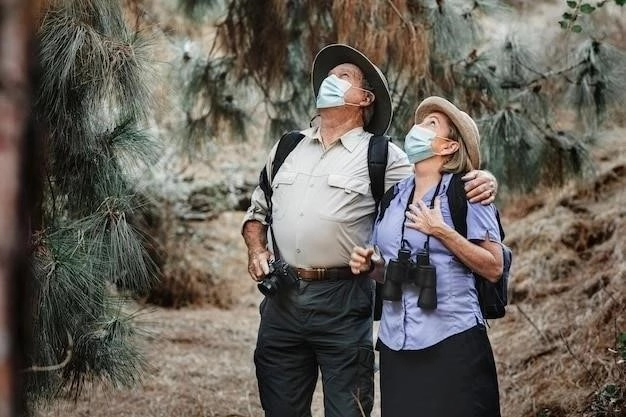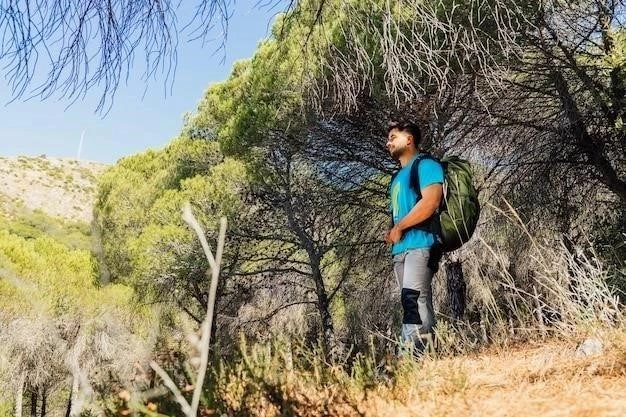Eswatini (Swaziland) Travel Guide
Nestled between South Africa and Mozambique, Eswatini, formerly known as Swaziland, is a captivating kingdom endowed with natural beauty and cultural richness.
Introduction to Eswatini
Eswatini, a small, landlocked kingdom in Southern Africa, formerly known as Swaziland, is a destination of remarkable diversity. Despite its diminutive size, it boasts a landscape that transitions dramatically from the rugged mountains of the Highveld to the lush Lowveld plains. This varied terrain supports an abundance of wildlife, making Eswatini a haven for safari enthusiasts.

Beyond its natural wonders, Eswatini is deeply rooted in Swazi culture and traditions, offering visitors a glimpse into a vibrant heritage. The warmth of the Swazi people, known for their hospitality, adds a special dimension to any journey here. Whether you’re seeking adventure in the wild, immersion in a unique culture, or simply a tranquil escape, Eswatini promises a memorable experience.
Visa and Entry Requirements
For many visitors to Eswatini, a visa is not required for entry for stays up to 30 days. This applies to citizens of numerous countries, including those of the United States, Canada, the United Kingdom, and the European Union. However, it’s essential to confirm the specific visa requirements based on your nationality before your trip. You can do so by contacting the nearest Eswatini embassy or consulate or checking with your travel agent.
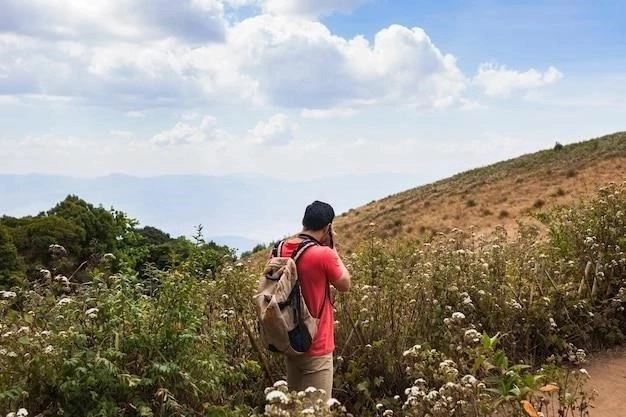
Upon arrival in Eswatini, you’ll need to present a passport valid for at least six months beyond your intended stay, along with proof of onward travel. While a visa may not be necessary for short visits, it’s crucial to ensure that your passport has sufficient blank pages for entry stamps. Immigration officials may also request evidence of yellow fever vaccination if you’re arriving from a country with a risk of yellow fever transmission.
Best Time to Visit
Eswatini offers a pleasant climate year-round, but the optimal time to visit depends largely on your interests and priorities. For the most favorable weather, the dry winter months from May to September are ideal. During this period, the days are warm and sunny, while the nights are cool and crisp. The dry conditions also make for excellent wildlife viewing, as animals congregate around water sources.
However, if you’re keen on experiencing Eswatini’s vibrant cultural festivals, consider visiting during the summer months from October to April. The summer brings lush greenery and occasional rain showers, which can enhance the beauty of the landscape. Keep in mind that some hiking trails may be more challenging during the rainy season.
Getting Around Eswatini
Navigating Eswatini is relatively straightforward, with various transportation options available to suit different preferences and budgets. Renting a car offers the greatest flexibility for exploring the country at your own pace. The roads connecting major towns and cities are generally well-maintained, though some routes to more remote areas may require a 4×4 vehicle, especially during the rainy season.
For those who prefer not to drive, several bus companies operate routes connecting major towns and cities. Minibus taxis, known locally as “kombis,” are a more economical option for shorter distances, though they tend to be crowded. Ridesharing services are also available in urban areas, providing a convenient and often more comfortable alternative to taxis.
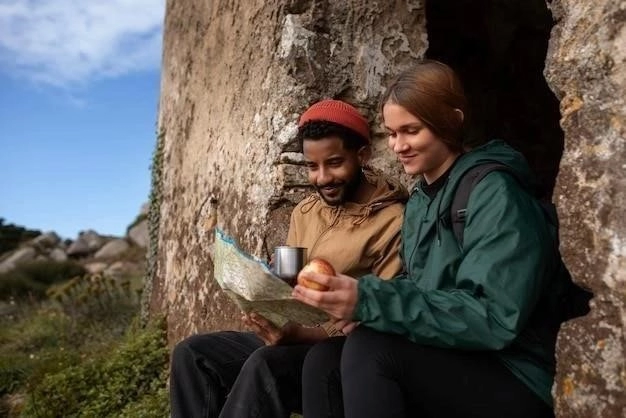
Top Tourist Attractions in Eswatini
From wildlife encounters to cultural immersion, Eswatini offers an array of captivating experiences.
Hlane Royal National Park: Wildlife Encounters
As Eswatini’s largest protected area, Hlane Royal National Park stands as a testament to the country’s rich biodiversity. It is the only park in the kingdom where visitors have the opportunity to encounter all of the “Big Five” – lion, elephant, rhino, leopard, and buffalo – making it a true gem for safari enthusiasts. The park’s diverse landscape encompasses open savannas, woodlands, and ancient trees, providing a sanctuary for a wide array of wildlife.
Embark on a thrilling game drive or guided walking safari to witness elephants roaming in their herds, giraffes gracefully browsing the treetops, and zebras grazing on the plains. Hlane is also renowned for its significant lion population, which was reintroduced to the park after a long absence. Birdwatchers will be equally enthralled by the park’s avian diversity, with over 350 recorded species.
Lobamba: The Royal and Cultural Heart
Nestled in the Ezulwini Valley, Lobamba holds a place of great significance in Eswatini. As the spiritual and cultural heart of the nation, it serves as the venue for the country’s most important ceremonies, including the Umhlanga Reed Dance and the Incwala Kingship Ceremony. The town is also home to the Parliament of Eswatini and the official residence of the Queen Mother, the Ndlovukati.
Immerse yourself in Swazi culture with a visit to the Lobamba Royal Village, where you can witness traditional homesteads and learn about the customs and traditions that have shaped Swazi society for generations. The National Museum provides insights into the history, art, and culture of Eswatini, while the impressive Parliament Building showcases a blend of modern and traditional architecture.
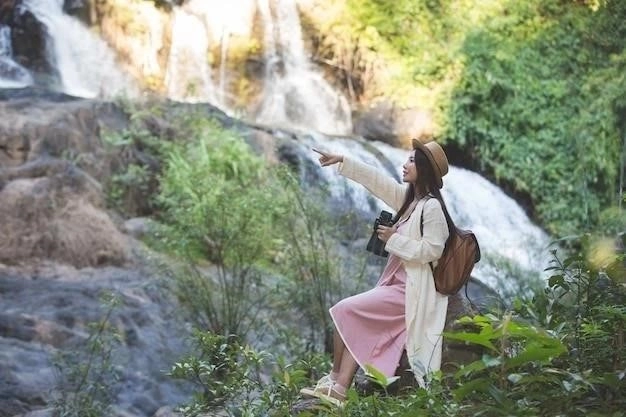
Mbuluzi Game Reserve: Off the Beaten Track Safari
For a more intimate safari experience, venture to Mbuluzi Game Reserve, a hidden gem in northeastern Eswatini. While it may not boast the “Big Five,” Mbuluzi offers a tranquil escape from the crowds, allowing for a deeper connection with nature. The reserve protects a diverse ecosystem, encompassing grasslands, riverine forests, and rocky outcrops, creating a haven for a variety of wildlife.
Embark on a guided game drive or explore the reserve on foot, accompanied by experienced rangers, to observe giraffes gracefully traversing the savanna, zebras grazing in harmony, and a plethora of antelope species. Birdwatchers will be captivated by the abundance of birdlife, including colorful kingfishers, majestic eagles, and numerous waterbird species that thrive along the Mlawula River, which forms the reserve’s northern boundary.
Mbabane: The Capital City in the Mountains
Nestled amidst the picturesque Mdzimba Mountains, Mbabane, Eswatini’s capital city, offers a refreshing blend of urban amenities and natural beauty. Though relatively small in size, Mbabane exudes a charming atmosphere, with its streets lined with jacaranda trees and vibrant markets showcasing Swazi crafts and produce.
Explore the bustling Swazi Market, a sensory delight where you can find everything from colorful textiles and intricate beadwork to traditional medicines and fresh produce. Discover the city’s colonial past at the Mbabane Government Hospital, one of the oldest buildings in the city, or delve into Swazi art and culture at the National Museum. For panoramic views of the surrounding mountains and valleys, take a scenic drive to Sibebe Rock, a granite monolith that dominates the skyline.
Malolotja Nature Reserve: Hiking Paradise
Embark on an unforgettable adventure through pristine wilderness at Malolotja Nature Reserve, a hiker’s paradise in northwestern Eswatini. As the country’s largest protected area, Malolotja encompasses a remarkable diversity of landscapes, from towering mountains and cascading waterfalls to rolling grasslands and indigenous forests. With over 200 kilometers of well-maintained hiking trails, there’s a route to suit every level of experience.
Challenge yourself with a multi-day trek through the reserve’s rugged terrain, camping under the stars and waking up to breathtaking sunrises. For a more leisurely experience, opt for a guided nature walk, learning about the reserve’s rich biodiversity and the medicinal properties of its indigenous plants. Keep an eye out for wildlife encounters along the way, including zebra, wildebeest, baboons, and a variety of antelope species.
Malkerns: Crafts and Country Charm
Experience the tranquility of rural Eswatini in Malkerns, a charming town nestled in the heart of the kingdom’s agricultural region. Known for its vibrant craft scene and laid-back atmosphere, Malkerns offers a delightful escape from the hustle and bustle of city life. Explore the renowned Malkerns Valley, dotted with farms producing a variety of crops, from citrus fruits and sugarcane to pineapples and vegetables.
Browse the stalls of the Malkerns Craft Market, a treasure trove of handcrafted goods, including intricate baskets, colorful textiles, hand-carved wooden sculptures, and unique jewelry. Immerse yourself in the local culture at Mantenga Cultural Village, located just outside Malkerns, where you can witness traditional Swazi dancing, music, and storytelling. Indulge in a taste of Swazi cuisine at one of the town’s charming restaurants, savoring traditional dishes prepared with fresh, local ingredients.
Mantenga: Waterfalls and Cultural Village
Immerse yourself in the natural and cultural wonders of Eswatini at Mantenga, a captivating destination where cascading waterfalls meet a vibrant cultural village. Located in the Ezulwini Valley, Mantenga offers a unique opportunity to witness the country’s rich heritage while surrounded by breathtaking scenery.
Embark on a scenic hike through the Mantenga Nature Reserve, following well-maintained trails that lead to the reserve’s namesake waterfalls. The Mantenga Falls, a series of cascading tiers, create a mesmerizing spectacle as they plunge into the gorge below. Afterward, step back in time at the Mantenga Cultural Village, a living museum showcasing traditional Swazi life. Explore authentic beehive huts, observe skilled artisans crafting intricate beadwork and baskets, and witness captivating performances of Swazi song and dance.
Piggs Peak: From Gold Rush Town to Hiking Hub
Step back in time with a visit to Piggs Peak, a historic town nestled amidst the rugged mountains of northern Eswatini. Once a bustling gold rush town in the late 19th century, Piggs Peak today offers a blend of historical charm and natural splendor. Explore the remnants of the town’s mining past, with old mining shafts and machinery serving as reminders of a bygone era.
Beyond its historical significance, Piggs Peak serves as an excellent base for exploring the surrounding mountains and forests. Embark on a scenic hike to the summit of Piggs Peak itself, rewarding yourself with panoramic views of the rolling hills and valleys below. For a more challenging adventure, tackle the Maguga Dam Wall Hike, traversing the dam wall of the nearby Maguga Dam and enjoying breathtaking vistas of the Maguga Reservoir and surrounding landscapes.
Big Bend: Sugarcane Fields and Scenic Beauty
Discover the allure of Eswatini’s Lowveld region in Big Bend, a town renowned for its sprawling sugarcane plantations and scenic landscapes. Situated on a bend in the Lusutfu River, Big Bend offers a tranquil escape from the ordinary. Witness the vast fields of sugarcane that dominate the landscape, stretching as far as the eye can see, a testament to the region’s agricultural prowess.
Venture beyond the town to explore the scenic beauty of the surrounding areas. Hike through the Lubombo Mountains, which form a natural border between Eswatini and South Africa, offering breathtaking views of the valleys below. Discover hidden waterfalls and rock pools, perfect for a refreshing dip on a warm day. For a glimpse into the region’s wildlife, visit the Mhlosinga Nature Reserve, home to a variety of antelope species, zebras, and an abundance of birdlife.
Matsapha: The Industrial Hub
While not typically considered a tourist destination, Matsapha, Eswatini’s industrial hub, offers a unique glimpse into the country’s economic heart. Located near the Manzini region, Matsapha is home to a bustling industrial area, where factories and manufacturing plants produce a wide range of goods, from textiles and clothing to processed foods and beverages.
Beyond its industrial character, Matsapha holds historical significance as the site of the former Matsapha International Airport, which played a crucial role in the country’s development. Today, the airport’s remnants stand as a reminder of Eswatini’s progress and transformation. While in Matsapha, consider a visit to the nearby Mantenga Nature Reserve or the Ezulwini Valley for a change of pace and a taste of the country’s natural beauty.
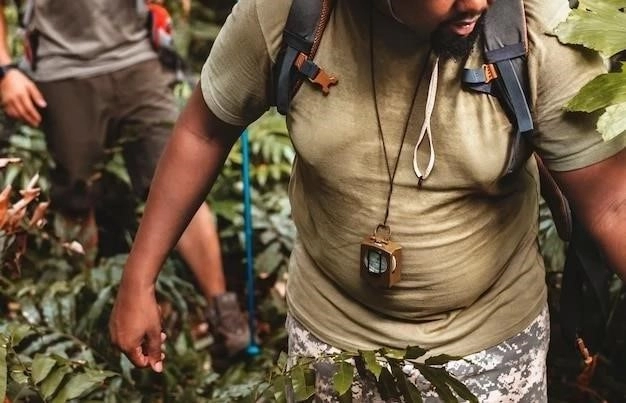
Sibebe Rock: A Granite Giant
Embark on a memorable excursion to Sibebe Rock, a colossal granite dome that dominates the landscape near Mbabane, Eswatini’s capital city. As the world’s second-largest granite monolith, Sibebe Rock is a sight to behold, rising over 350 meters above the surrounding plains. Its sheer size and imposing presence have earned it a place of reverence among the Swazi people, who consider it a sacred site.

Challenge yourself with a hike to the summit of Sibebe Rock, following well-marked trails that wind their way through the rock’s crevices and slopes. The ascent, though strenuous at times, rewards hikers with breathtaking panoramic views of the Ezulwini Valley, Mbabane, and the distant mountains. For a less strenuous experience, opt for a guided horseback riding excursion, allowing you to soak in the scenery at a more leisurely pace.
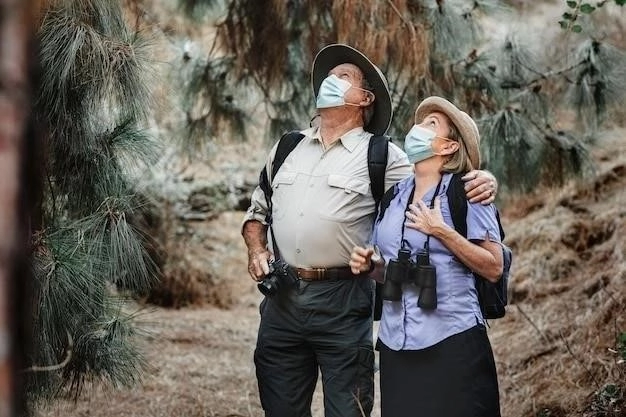
Mkhaya Game Reserve: Affordable Safari Adventure
Embark on an unforgettable safari experience without breaking the bank at Mkhaya Game Reserve, a hidden gem in eastern Eswatini. Known for its successful black rhino conservation efforts, Mkhaya offers an intimate and affordable wildlife encounter. The reserve’s fenced boundaries create a haven for both black and white rhinos, allowing for exceptional viewing opportunities.
Explore Mkhaya’s diverse habitats, from open savannas and woodlands to riverine forests, on guided game drives or thrilling walking safaris. Encounter a variety of wildlife, including giraffes, zebras, hippos, crocodiles, and a plethora of antelope species. Mkhaya’s commitment to conservation is evident in its sustainable practices and its dedication to providing guests with an authentic and impactful safari experience.



